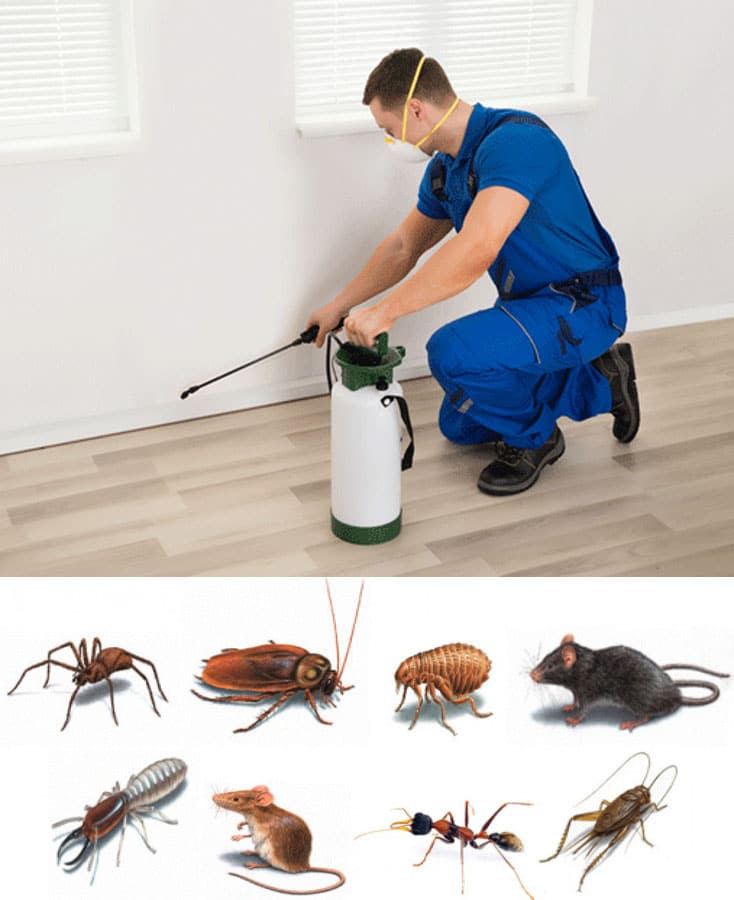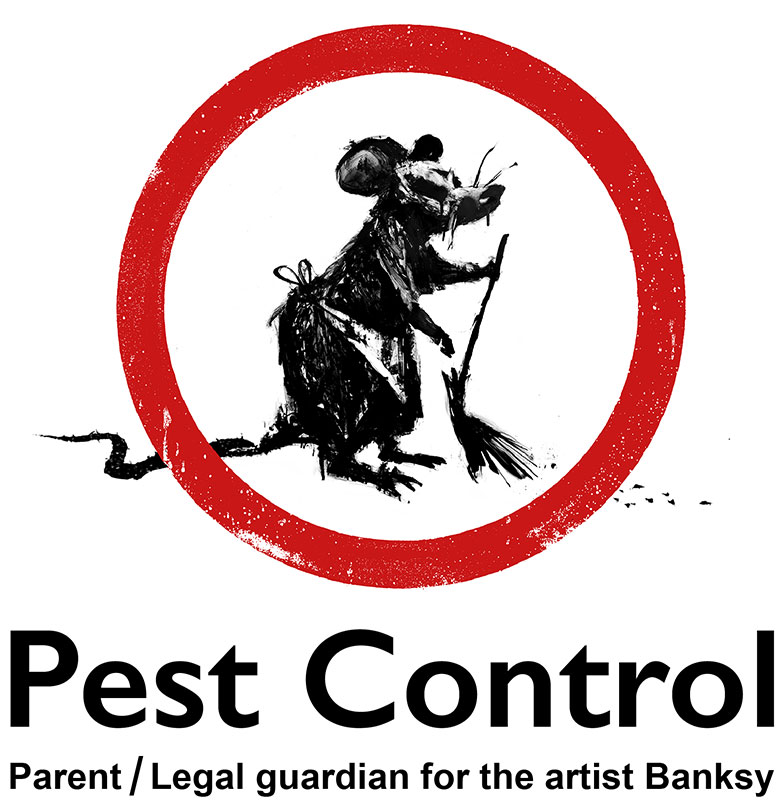A1 Bed Bug Exterminator Charlotte - Effective and Cost Effective Services
Wiki Article
Bed Bug Treatment Failure: Comparing Chemical Vs. Non-Chemical Solutions
In the realm of pest control, especially when handling the relentless issue of bed insects, the selection between chemical and non-chemical therapy solutions can be an essential one. Both approaches offer unique advantages and drawbacks, influencing aspects such as performance, safety factors to consider, and total price. By analyzing the nuanced details of each method, a clearer understanding of which path to go after in attending to a bed bug infestation can be obtained.Efficiency of Chemical Therapies
Chemical therapies for bed insect problems have actually been commonly recognized for their fast and powerful efficiency in getting rid of these pests. When thinking about the efficiency of chemical treatments, it is crucial to recognize that they can offer a fast and complete remedy to a bed bug problem.Additionally, chemical treatments have the advantage of providing recurring effects, indicating that they can remain to eliminate bed insects also after the initial application. This recurring activity is particularly beneficial in combating any type of potential re-infestations. In addition, the rapid activity of chemical therapies can bring relief to people dealing with extreme bed bug invasions, allowing them to restore control of their living spaces swiftly.
Safety Worry About Chemical Solutions
One essential element that calls for careful factor to consider when utilizing chemical services for bed pest treatment is making sure the security of passengers and the environment. While chemical treatments can be effective in getting rid of bed insects, they might present dangers if not dealt with effectively. Among the key safety and security worry about chemical remedies is the possible harm they can cause to human health and wellness. Direct exposure to specific chemicals made use of in bed insect therapies can result in respiratory problems, skin inflammation, or various other adverse responses, particularly in individuals with pre-existing problems or level of sensitivities. Additionally, inappropriate application or dose of chemical pesticides can result in poisonous deposits remaining in the cured area, positioning long-lasting wellness dangers to owners.In addition, the ecological impact of chemical options is one more substantial factor to consider. Some pesticides made use of in bed bug treatments might be hazardous to advantageous bugs, wild animals, and environments if they leach right into the dirt or water systems. It is necessary to use chemical treatments carefully, following safety and security standards, and considering less toxic choices to alleviate these threats and make certain the reliable and secure monitoring of bed insect infestations.
Benefits of Non-Chemical Approaches
Taking into consideration the potential security worries and ecological effect connected with chemical services for bed insect therapy, exploring non-chemical methods provides a promising option with a number of unique benefits. Non-chemical techniques supply a more secure alternative for homes, especially those with pets, people, or kids conscious severe chemicals. These methods get rid of the threats of exposure to harmful substances, lowering the potential for unfavorable health results. In addition, non-chemical treatments are eco friendly, as they do not contribute to air or water air pollution, making them a lasting choice for bug control.In addition, non-chemical options can be more helpful hints effective in targeting bed bugs, consisting of hard-to-reach areas where chemical treatments might not penetrate - A1 pest control charlotte nc bed bugs. Techniques such as warmth treatment, vacuuming, heavy steam cleaning, and bed mattress coverings offer detailed removal without the use of harmful chemicals.
Limitations of Non-Chemical Treatments

In addition, non-chemical therapies typically call for multiple applications to attain successful elimination. This can be time-consuming and may not constantly guarantee full elimination of all bed pests and their eggs, particularly in surprise or hard-to-reach locations.
Moreover, the success of non-chemical therapies heavily counts on appropriate execution and thoroughness, which can be testing for people without expert experience. Inadequate application of non-chemical methods may lead to insufficient elimination, leading to consistent problems and the need for additional therapies.
Therefore, while non-chemical therapies have their advantages, it is vital to recognize these constraints and consider them when determining the most effective method for handling bed insect invasions.
Expense Comparison: Chemical Vs. Non-Chemical Options
Offered the constraints linked with non-chemical therapies, a crucial aspect to assess in the context of bed bug management is the price contrast between chemical and non-chemical options. Chemical treatments generally involve the application of pesticides by specialists, which can vary from $250 to $900 per space, depending upon the seriousness of the infestation and the dimension of the area to be dealt with. In comparison, non-chemical treatments like heat therapy or heavy steam can be extra pricey, with costs ranging from $1,000 to $6,000 for a whole home. While the first expense of chemical treatments may appear reduced, numerous therapies may be called for to completely eliminate the invasion, possibly boosting the overall price. On the other hand, non-chemical choices may give a much more eco-friendly and lasting remedy, although they can be cost-prohibitive for some individuals. Inevitably, when taking into consideration the expense of bed bug treatment alternatives, it is essential to evaluate the upfront expenditures against the terminix pest control performance and long-term sustainability of the picked method.Final Thought

Considering the prospective safety and security concerns and environmental effect connected with chemical remedies for bed bug treatment, checking out non-chemical techniques presents a promising option with numerous distinctive advantages.Offered the limitations associated with non-chemical treatments, a crucial facet to evaluate in the context of bed insect monitoring is the price comparison between chemical and non-chemical options. In comparison, non-chemical therapies like warmth therapy or steam can be more expensive, with costs varying from $1,000 to $6,000 for a whole home. While the initial price of chemical therapies may seem lower, several treatments may be needed to completely remove the invasion, possibly increasing the general cost.In final thought, when comparing chemical and non-chemical bed bug treatment choices, it is essential to consider performance, safety and security, advantages, restrictions, and expense.
Report this wiki page